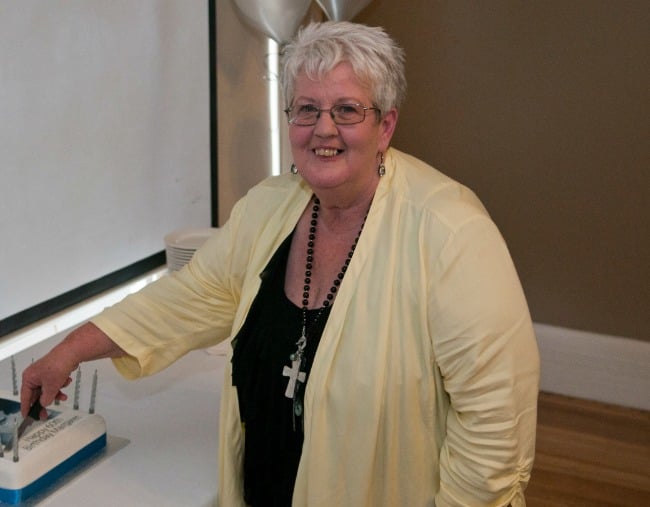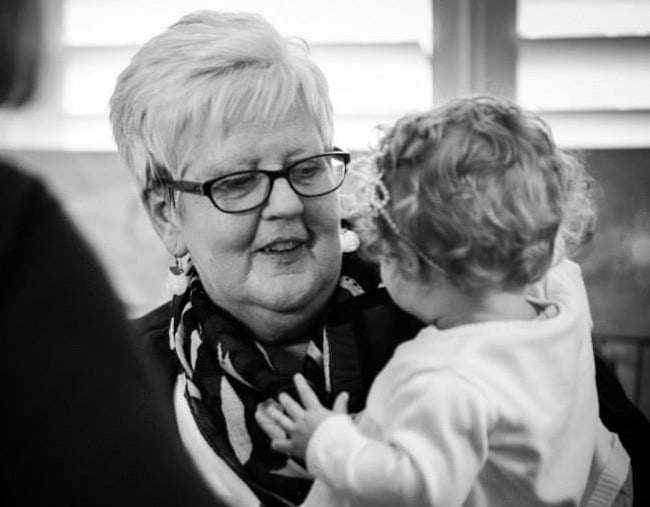
Finding a lump in your breast is probably one of the scariest things I could imagine happening.
As a woman, being told to conduct regular self-exams is just one of the fun and exciting tests we have to look forward to on our health calendar.
But so far, touch wood, I haven’t ever had the experience of discovering anything untoward in one of these self-exams.
I do know, as most of us unfortunately do, women that have.
Recently, one of these women was my mother.
My mum is one of those people, common of a certain generation, who worries about every minor affliction (sniffles, a cough, cracked skin), but when something more sinister displays itself seems to avoid it for as long as possible.
So, when my mum told me she had found a lump in her breast there was no way I was letting her take her time getting it looked at.




Top Comments
My sister was in a similar position. The test was offered by her doctor and saved her life.
A more scholarly, informative approach to this issue would be to explore and discuss why the "triple test" is NOT offered as a matter of course to all comers - it is a complex issue which this article glosses over entirely. As you said, you are not a medical professional, so you are not in a position to be making recommendations about public health policy.
Might not be the right website if you want scholarly articles...It is a personal account.
A personal account that extends to essentially dispensing medical advice. Dangerous waters.
Did you read what the article said? I’d hardly see informing women to be empowered with knowledge and the ability to request a medical test dispensing medical advice or dangerous. Dangerous would be not sharing this information. I am puzzled as to why you are so against women being informed?
Because it is suggesting that all women should be having these tests, when in fact many will be over-diagnosed (leading to over-treatment) or have a lot of false-positive results if they do. Laypeople think early detection automatically means saving lives - it is not as simple as that. This is why a lot of screening tests are not endorsed or recommended for population prevention - early detection does not translate into greater survival, but can result in patients being over-treated and investigated.
I'm all for women being informed, but they need to be informed by people who actually understand the ins and outs of population screening and the consequences of early detection. Writing emotive pieces about your mum from the viewpoint of a total layperson is not a way to provide medical education or improve health literacy.